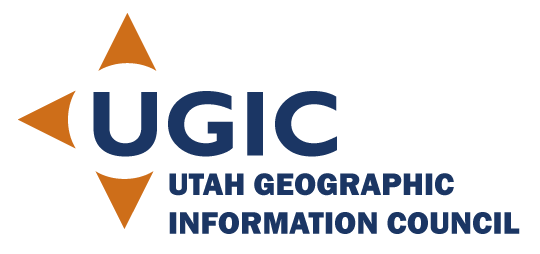The Utah Division of Emergency Management is looking for a GIS Analyst to assess, analyze, and manage geospatial data related to natural disasters and their potential impacts. You’ll play a critical role in helping communities and organizations better understand and prepare for natural disasters by providing essential data, analysis, and expertise to inform mitigation, response, and recovery efforts. The position will also support the division’s GIS staff to provide maps, data analytics, and decision support tools for incident response.
Principal duties:
- Collecting, organizing, and maintaining geospatial data related to hazards such as earthquakes, floods, wildfires, and windstorms.
- Conducting risk assessments and vulnerability analyses for specific geographic areas using FEMA’s Hazus program.
- Estimating potential damages, casualties, and economic losses resulting from various types of hazards.
- Customize Hazus models to reflect regional and local conditions, enabling more accurate risk assessments
- Collaborating with interdisciplinary teams, including state and federal agencies, emergency planners, and non-government partners, to enhance hazard assessment efforts.
- Producing web-based maps and applications, both public-facing and for internal stakeholders and decision makers
- Utilizing cartographic techniques to produce high-quality print maps for reference and display
- Create comprehensive reports and documentation of hazard assessments, methodologies, and findings.
- Produced maps and data analyses during incident response and recovery as need arises
- Communicate analytical results to technical and non-technical audiences in meetings, conference presentations and other division communications
- Creating innovative solutions to increase efficiency in existing processes
- Assist in data management and data integrity projects
Ideal Candidate:
- Experience and skills with GIS Software (ESRI ArcGIS Desktop, ArcGIS Pro) geospatial database and web-based GIS environments (ArcGIS Online, ArcGIS Enterprise)
- Experience using FEMA’s Hazus-MH (Multi-Hazard) software and its various modules for risk assessment and impact analysis is preferred, but not required.
- 2-5 years of experience performing complex GIS analysis involving infrastructure and/or multi-hazard datasets
- Demonstrated knowledge of mobile data collection tools, like Survey123
- Experience using tools such as Story Maps, Experience Builder, and Web AppBuilder for ArcGIS to make analytical products accessible to stakeholders and the public
- Ability to synthesize data to produce charts, graphs or dashboards using tools such as ArcGIS Dashboards
- Ability to communicate, verbally and in writing, complex technical concepts to technical and non-technical audiences including to large audiences
- Ability to learn new and emerging technologies and integrate them into existing processes
Requirements-
All positions are subject to recall around the clock for emergency management operations, which may require irregular work hours, work at locations other than the official duty station, any may include duties other than those specified in the employee’s official position description.
Why You Should Join Our Team:
The Utah Division of Emergency Management works with partners in the public and private sectors to build resilience into the infrastructure systems, products, and services, that support Utah’s businesses, citizens, and our quality of life. We work collaboratively with federal, state, and local government, private industry, emergency management, and law enforcement. Our work supports public health, public safety, and our economy. You’ll be joining a synergistic team in a satisfying work environment that produces meaningful results.
The Agency:
The Division of Emergency Management serves the local emergency management community, state government agencies and the residents of Utah through planning, training, preparedness, mitigation, recovery and response activities. We administer federal grants, emergency response logistics and a variety of resources to help local government in its emergency responsibilities.
Supplemental Information
- Pass thorough Level II background investigation
- DHRM Rules apply for transfers and promotions of current State of Utah employees
- Risks found in the typical office setting, which is adequately lighted, heated and ventilated, e.g., safe use of office equipment, avoiding trips and falls, observing fire regulations, etc.
- Typically, the employee may sit comfortably to perform the work; however, there may be some walking; standing; bending; carrying light items; driving an automobile, etc. Special physical demands are not required to perform the work.
